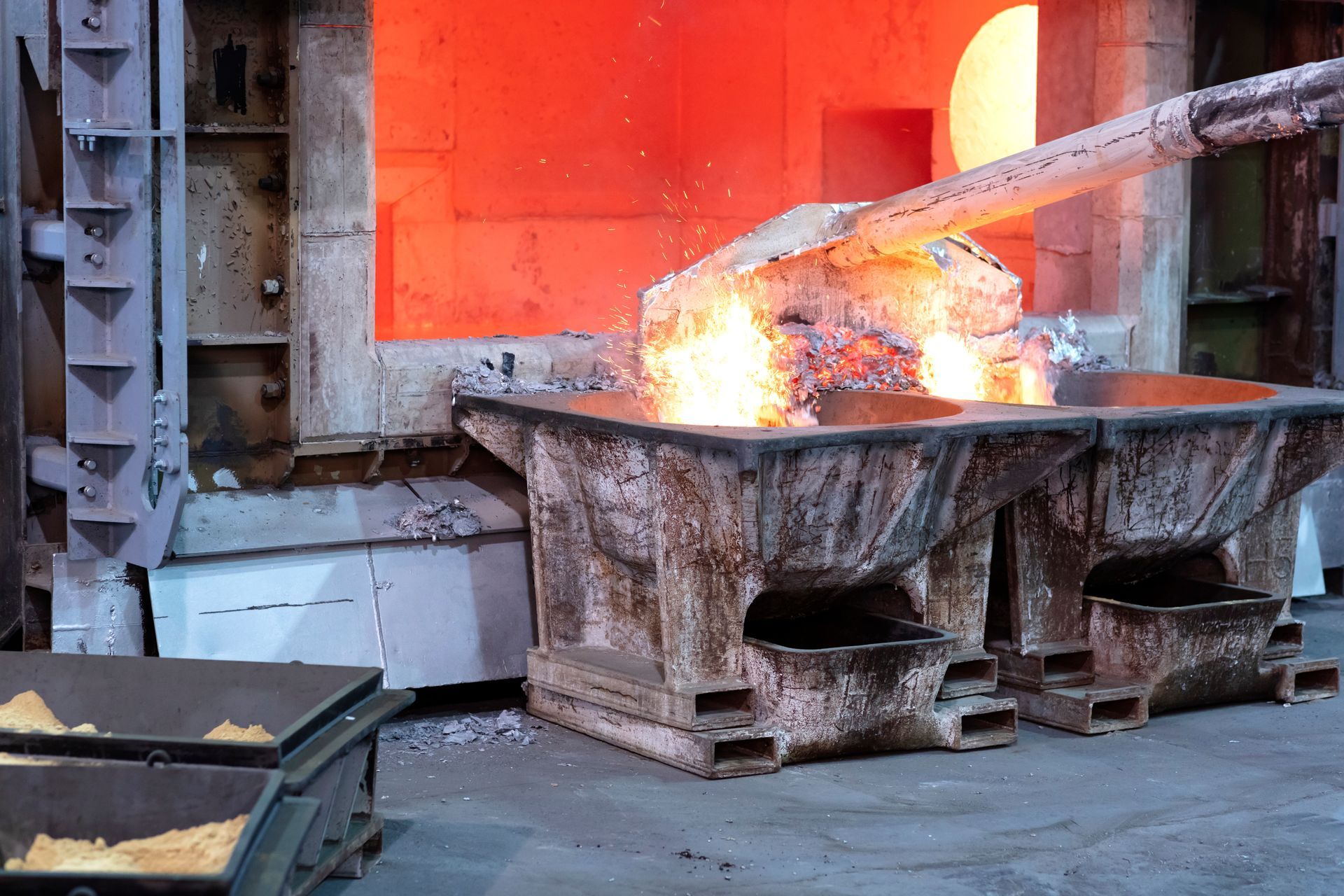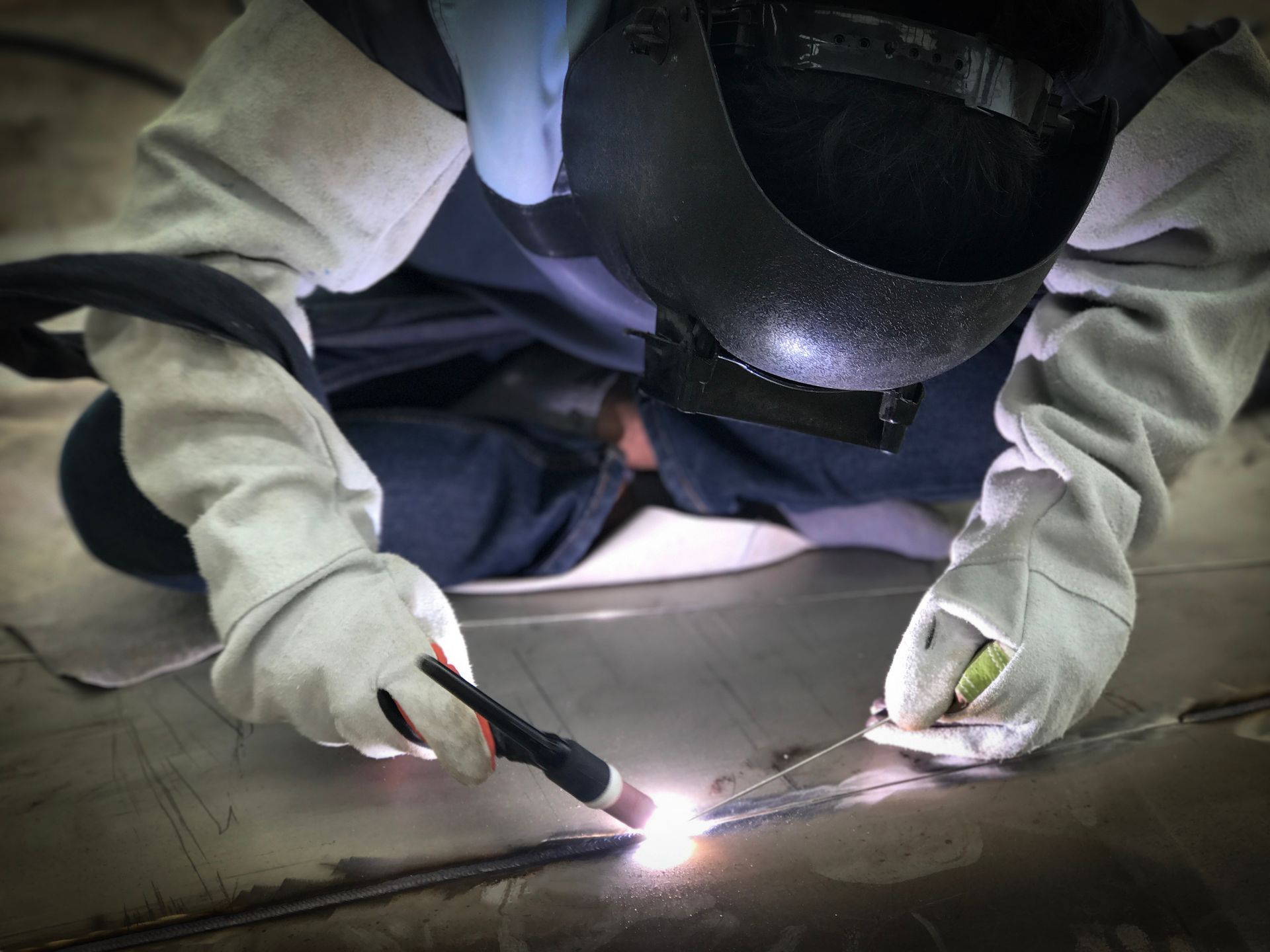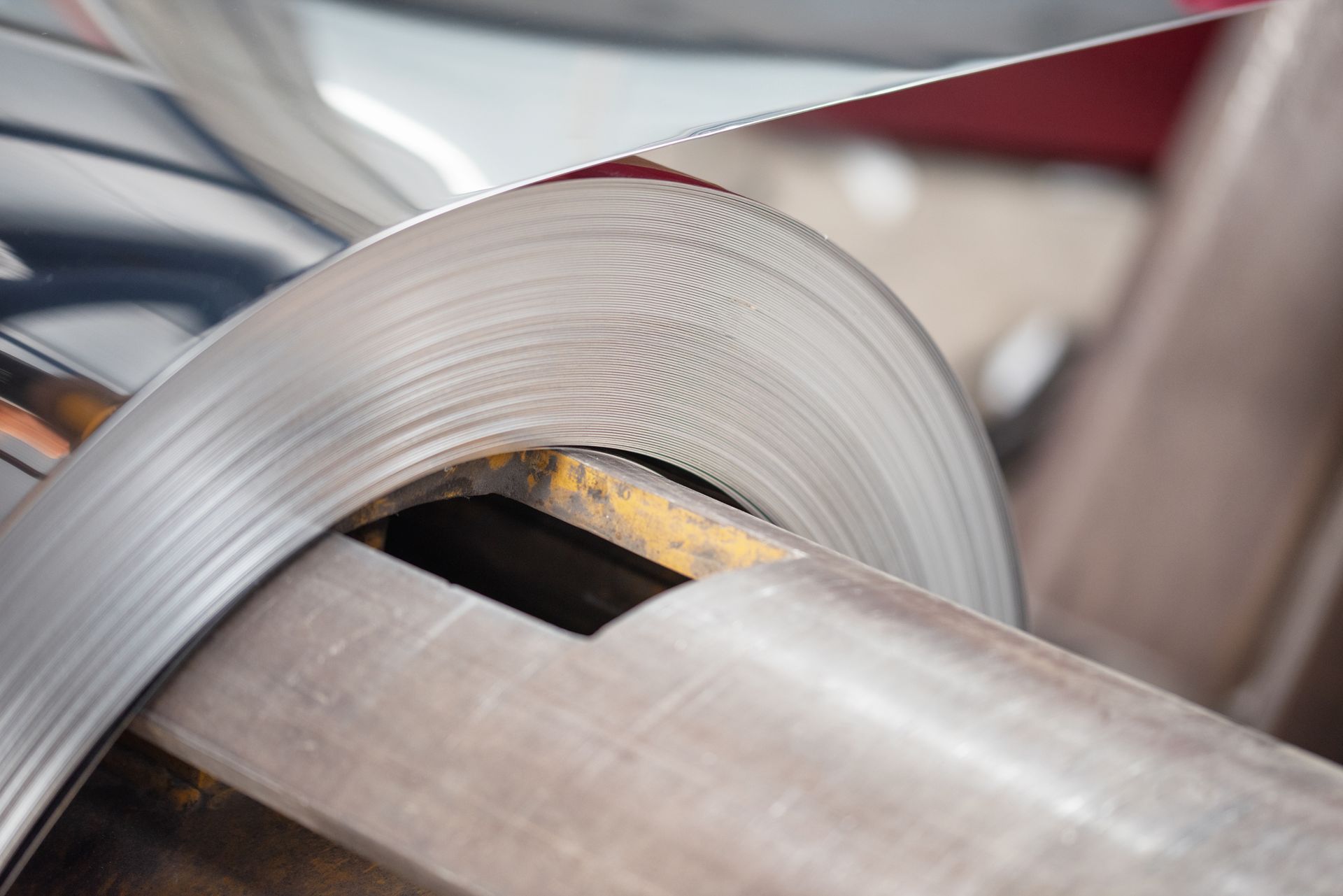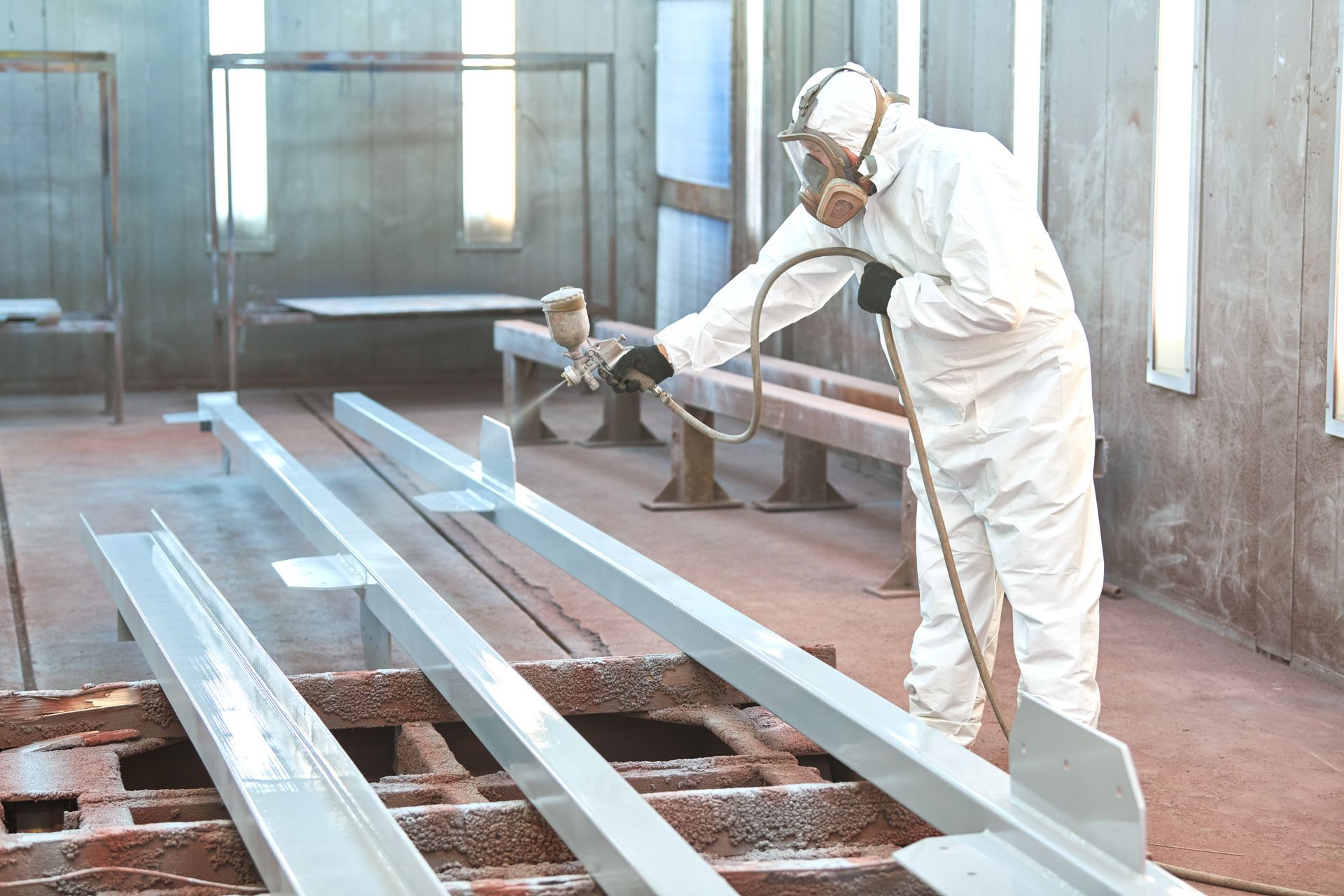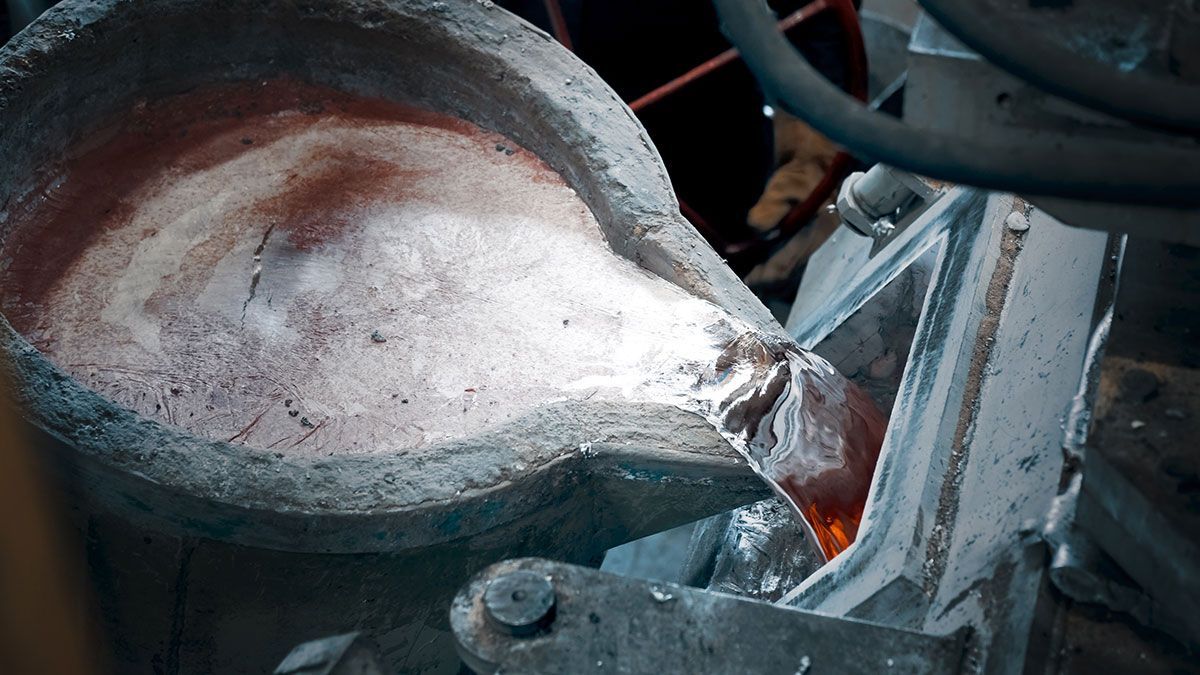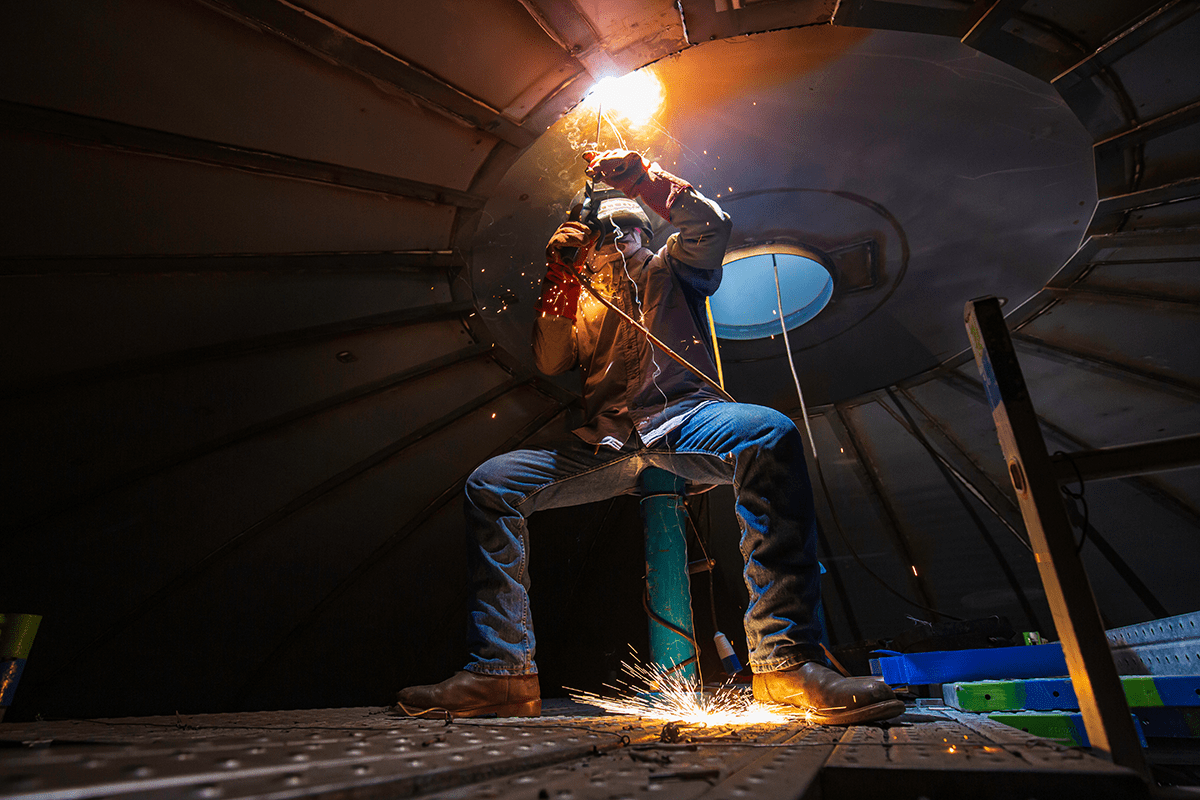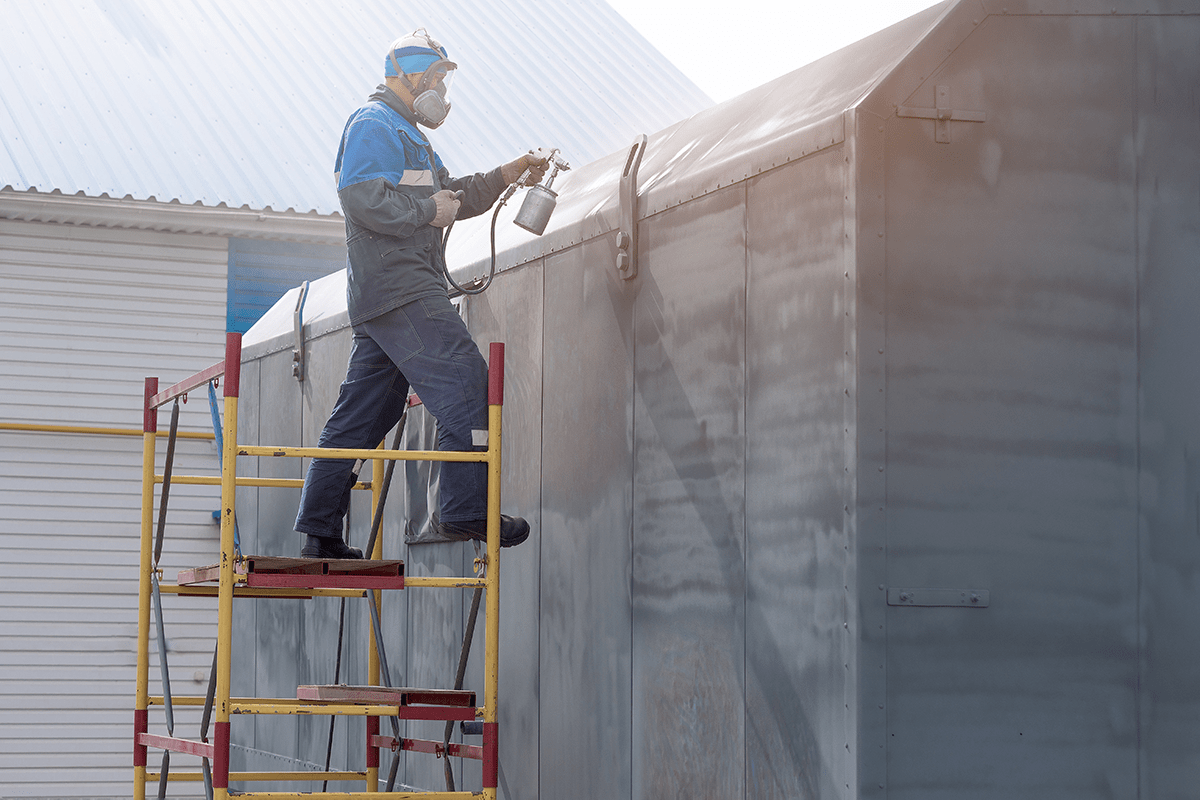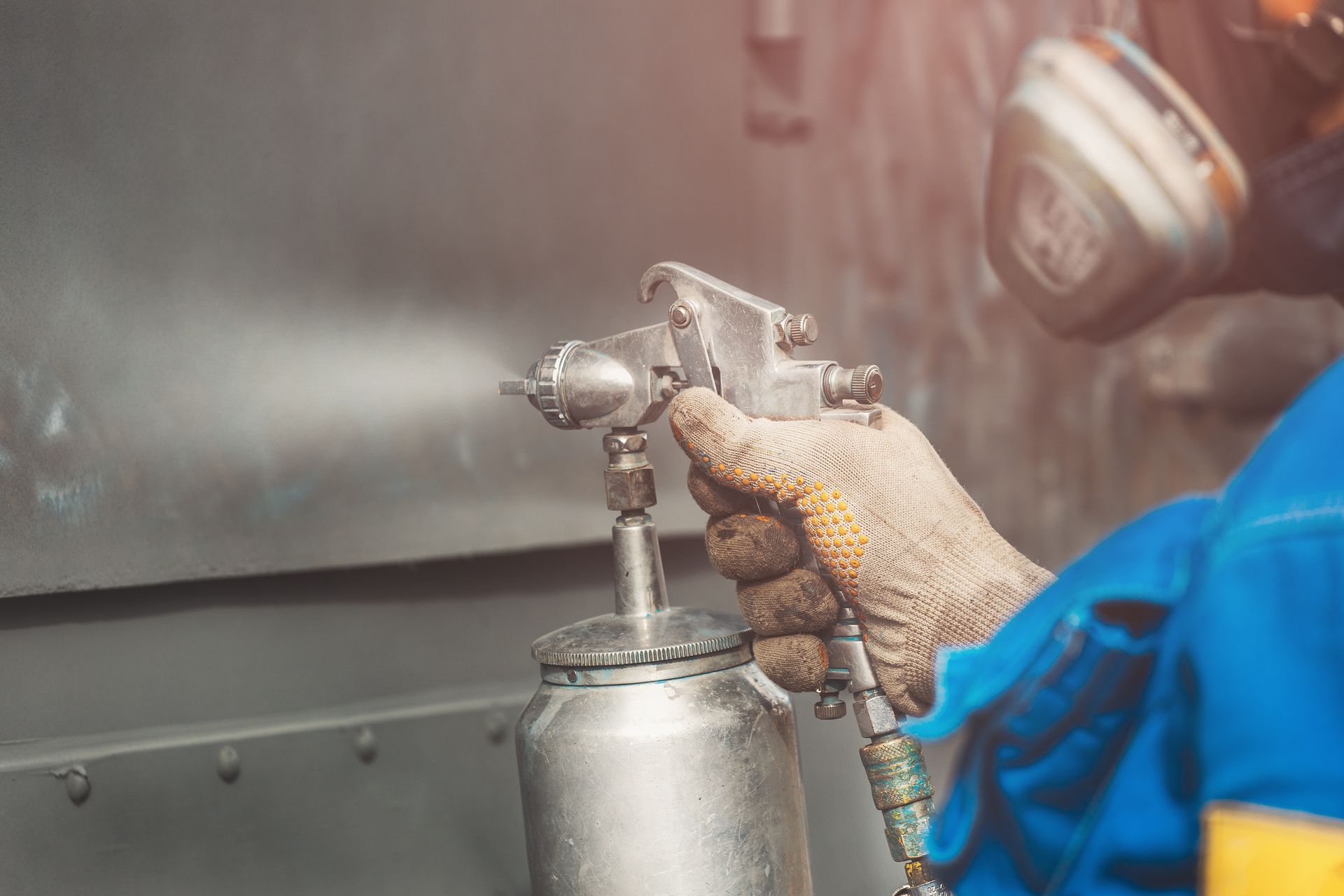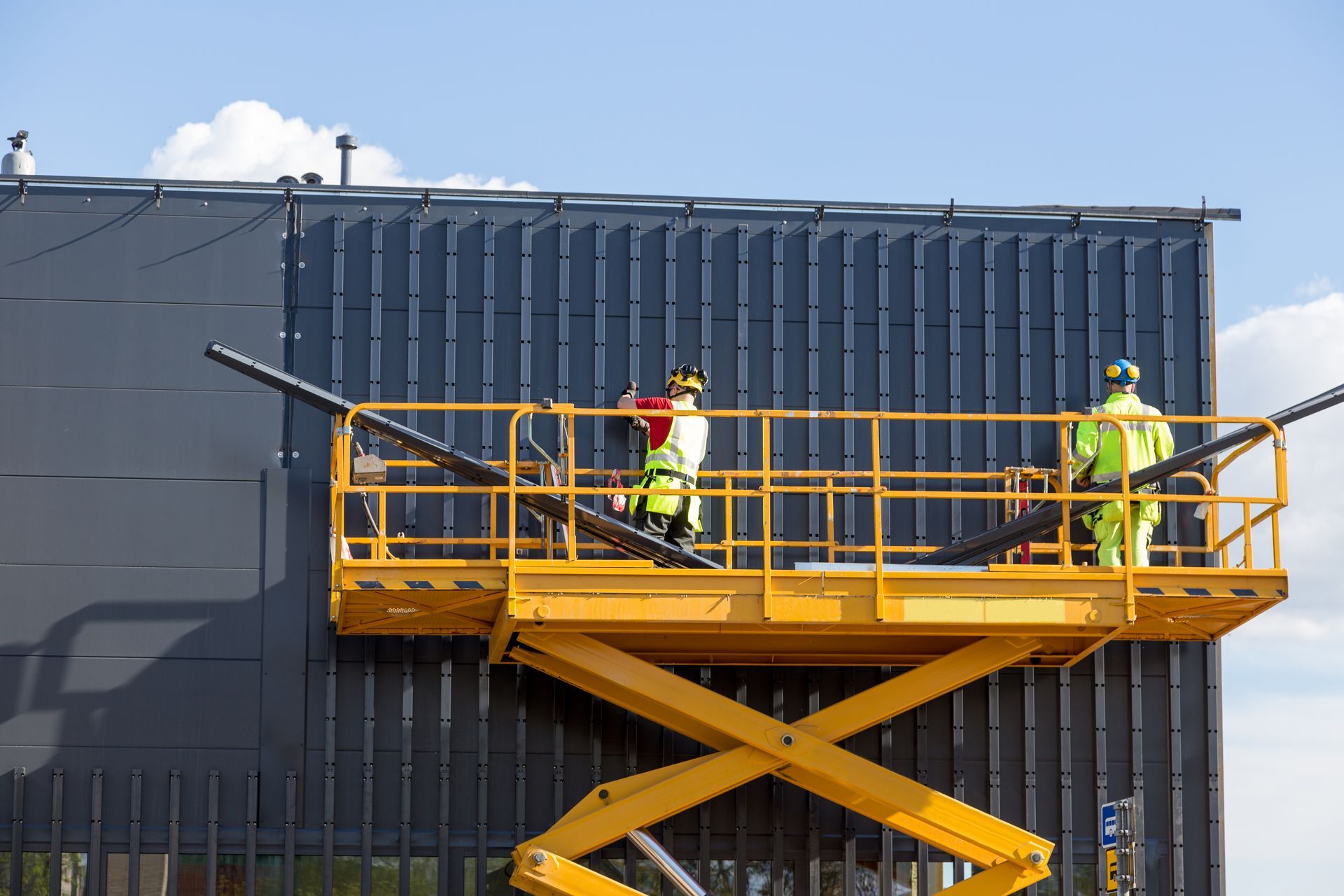Machinery Beginner Knowledge: Hydraulic Cylinder
A
hydraulic cylinder is a linear actuator powered by hydrostatic energy. A linear actuator is a mechanical device engineered to create force in a straight line, either pushing or pulling.
Hydrostatic energy is the motivation behind the cylinder’s ability to create linear force, and is created (i.e., converted) by the hydraulic pump.
How does a hydraulic cylinder work?
A simple ram-type cylinder consists of a cylindrical tube (hence, “cylinder,”) and a steel rod inserted and sealed in that tube. Pressurized fluid is pumped into the cylinder, where pressure upwards of 3000 PSI or more acts upon the circular bottom of the tube.
The force of the pressurized fluid will push the rod out of the cylinder as long as the mass of the rod is less than the force created against the rod by the fluid. It should be noted that force not flow creates motion; the creation of movement due to flow is a popular misconception requiring explanation another day.
What are the types of hydraulic cylinders?
You can find a vast variety of hydraulic cylinders on the market. The difference in the design of cylinders differs from its applications and industry. The common differences include wall thickness of tube or end caps, the methods used for connecting end caps, the material used, the operating pressure, and temperature.
a) Single Acting Cylinders
A hydraulic jack is an example of a single acting cylinder. Spring-extend and spring-return are the two types of single acting hydraulic cylinder. The spring-extended, single acting cylinders are used for holding workpieces for a long time. A hydraulic pressure released brake is an example of this type. The commonly used variety of single acting cylinder is spring-return (material handling applications).
b) Double Acting Cylinders
In double acting cylinders, both the head and rod ends contain ports for pumping fluids. These ports will control the flow of fluid and provide movement in both directions. Pumping hydraulic fluid to the rod end will retract the piston rod and pumping fluid to the head end will extend the piston rod. Most of the raising and lowering devices are applications of this type. The opening and closing drawers of presses and chippers is a good example of double acting cylinders. Differential and synchronous types are the two categories of double acting cylinders.
c) Tie-Rod Cylinders
Most of the industrial and manufacturing applications use tie-rod cylinders. The advantages of the tie-rod cylinder include ease of maintenance, repair, and assembling. For holding the end caps of tie rod cylinders, threaded steel rods are used. These end caps will prevent fluid leakage. Depending on the applications, it can use 4 to 20 tie rods.
How are hydraulic cylinders manufactured?
i) Design
The customer’s demands are translated into technical designs that specify the hydraulic cylinder’s materials, tolerances, and dimensions.
This is the most crucial stage of the entire hydraulic cylinder manufacture process, which is why we make sure that each customer has complete technical designs before we begin manufacturing any components.
The application’s performance requirements, the customer’s budget, size limitations, and other factors are all taken into account while the design is finalized.
ii) Manipulation
For the manufacturing of contemporary hydraulic cylinders, a variety of high-capacity CNC lathes, milling, and drilling machines are available. For efficient machining and assembly, these equipment are grouped in cells on a manufacturing line.
Moreover, the rods are made of turned and hardened chrome and are ready to be formed into cylinders of the appropriate size. It’s also possible to utilize stainless or high-strength steel.
Manufacturers may now produce complicated and non-standard hydraulic cylinders using modern CNC technology.
Quality control is carried out in the cycle during high-volume manufacturing runs using precise measurement components installed on the machine. Prototypes and low-volume orders are occasionally made with manual lathes.
iii) Assembly
The third and the most important step in the process of hydraulic cylinder manufacture is assembly. Assembly is carried out by the technical designs that were agreed upon with the client.
In addition, a quality check comes before this to reduce the number of materials handling necessary throughout the assembly process. Welding may be required during assembly; in which case, every precaution is taken to provide the strongest possible connection.
iv) Testing
To ensure that each cylinder meets its requirements and is durable, it is put through thorough performance testing under power and load.
A quality control method eliminates flaws, and specifications are validated to meet client requirements. Before delivery, the coordinate measuring machines (CMMs) are utilized to check quality standards and calibrate each cylinder.
Visual inspection and environmental control are also performed throughout the machining and assembly stages, even though testing and inspection are important components of the production process.
For example, care is given throughout the procedure to avoid dust building on the cylinder’s interior surface, which might obstruct its operation.
Looking for a hydraulic cylinder repairs? Try Choong Ngai Engineering
Having problem with your hydraulic cylinder? With Choong Ngai Engineering's veteran technicians and engineers, we can provide hydraulic cylinder repair services regardless of which industry your business is in.
Most importantly, we'll work alongside you and your team to understand and define your exact requirements, and this process ensures that we provide the best solution to your unique maintenance requirements.
With our tailored equipment and techniques, we've been servicing happy customers for over 10 years. Learn more about our services and previous projects on our website or contact us at
https://www.choonngaiengineering.com/
